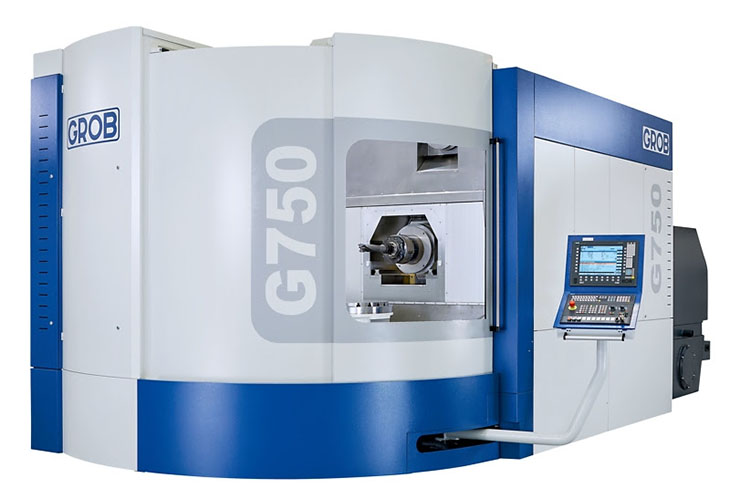In the era of digital transformation companies more and more willingly use modern IT tools allowing automation of selected tasks and activities. However, not only high functionality of a selected solution, but also the possibility to efficiently and swiftly develop, expand and modify particular applications constituting components thereof, are of special significance. All of this so that applications used by the company follow the natural pace of its development allowing continuous increase in its competitiveness.
Business Process Automation – how does it support contemporary enterprises?
Business Process Automation (BPA) is a series of measures undertaken in order to replace, improve and accelerate work hitherto performed by a human. It is possible due to the use of modern technologies comprising BPA IT systems. In recent years, so-called low-code platforms, which allow development and modification of business applications without knowledge on coding languages, are leading among them. Business Process Automation is additionally supplemented by other, more technologically advanced approaches, including Intelligent Process Automation (IPA), which combines BPA with RPA (Robotic Process Automation), Artificial Intelligence (AI) and Machine Learning (ML).
The main aim of Business Process Automation is to improve the effectiveness, quality and productivity of companies using them. According to the research, implementation thereof in a company allows reducing the time devoted to performance of routine activities even by 98%, which, in consequence, also allows reducing costs of implementation thereof. The possibility of full or partial automation of specific tasks lifts the burden from employees, who can devote thus saved time and energy to creative tasks requiring their unique knowledge, experience and abilities of critical thinking. The invaluable advantage of implementation of such “standard” digital transformation technologies is the automation and, in the best case scenario, also general optimisation and ordering the flow of tasks, information, documents and responsibilities among all persons engaged in the implementation of a given process. At this point, special attention should be paid not to “digitalise the chaos”. Only the process automation properly conducted in terms of implementation and with the use of proper technological tools will allow the company to swiftly and effectively improve the quality of its operations and provided services, as well as to systematically increase its competitiveness in the industry.
How does the platform for Business Process Automation work?
Business Process Automation is executed via special BPA IT systems that allow managing and automating processes. Application thereof causes repeatable, monotonous and time-consuming activities to be performed not by humans, but by dedicated software which can operate both, completely automatically and with a minimal direct participation of employees. However, their contribution is limited to necessary minimum and is needed e.g. in case of a verification of an anomaly identified by the system, processing documents concerning transactions involving high amounts and tasks that require confirmation of an authorised person.
Furthermore, due to the automation of the flow of tasks, documents and information among all persons engaged in the implementation of a given process, they operate more confidently, swiftly and effectively, since the system practically “leads them by the hand”. Therefore, all activities are performed in proper order by assigning to them, in compliance with procedures, persons with relevant responsibilities and relevant authorisations. Also replacements, in the case of absence of employees, are efficiently and in an automated manner served in flows, in which the currently absent person has been engaged. This is only one, yet, very practical and important from the point of view of enterprises’ operations, example that automation can really facilitate the lives of employees and improve the organisation’s activity.
A modern and high-class platform for Business Process Automation should additionally allow developing applications without coding and effectively support electronic flow of tasks and documentation in the enterprise. Such possibilities are offered by the aforementioned low-code platforms, which allow effective and functional service of all processes occurring in the company. A low-code platform allows to optimally manage both, core processes, that is, processes of functional significance for the company’s activity, as well as back-office processes the presence of which improves the internal management of the enterprise.
Functionality and advantages of a low-code platform – why is it worth it and which one to choose?
A low-code platform is a modern and multi-functional solution, which has been developed while taking into account enterprises that wish to quickly automate their processes and develop so-called business applications adjusted to their individual needs and, at the same time, not to rely their activity on specific (internal or external) developer teams. However, not all of them allow efficient introduction of necessary changes and modifications in real time at each step of the lifecycle of the application, including also after production implementation – in already used applications and already operating workflow instances. Technologically advanced functionality and proper approach, assumptions regarding the manner of operation of automation mechanisms on low-code platforms of the highest quality allow, in fact, both, swift and efficient development of business application with the use of the drag&drop method, without the necessary knowledge of programming languages, as well as modifying their functionality with immediate effect. In order to develop ideally personalised business applications, it is especially needed to understand well the workflow process and mechanisms, as well as to have basic IT competences supported with practical training in the service and configuration of processes on the platform, which enables delivering IT solutions for business in compliance with the Citizen Assisted Development conception, which is growing in popularity.
The low-code platform is an ideal choice, especially in large companies and corporations, which search for a workflow system to manage the electronic flow of documents and Business Process Automation and Digitalisation. The modern and high quality low-code platform allows swiftly developing business applications without coding, as well as flexible adjustment thereof to changing needs of the enterprise with immediate effect. Moreover, developing applications with the use of such a tool proceeds in an agile and iterative manner, which allows the company to effectively strive for achieving competitive advantage and favours maintaining its leader position on the market.























